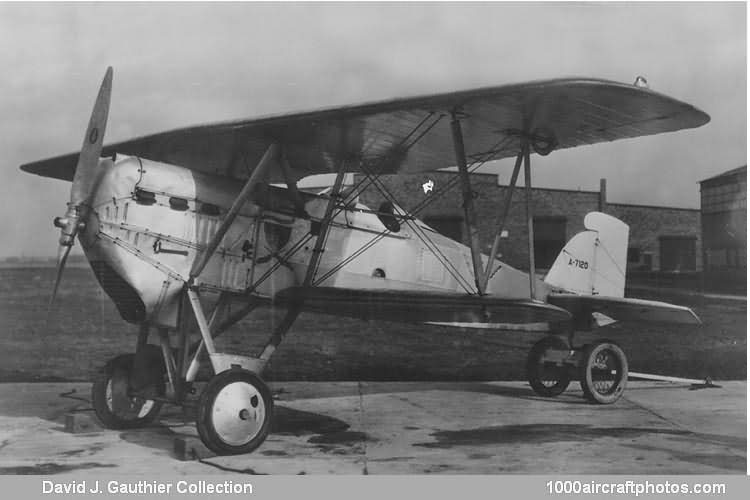The FB-5 differed considerably in appearance from the earlier FBs. The cowling for the 730 hp Packard 3A-2500 engine was similar to that of the FB-3, but the rearrangement of the wings provided the principal point of recognition. The stagger was increased by moving the upper wing forward slightly while moving the lower wing aft, and a second set of flying wires was attached to the rear wing spar. A completely new landing gear was developed so that the strut would still attach to the fuselage at the front lower wing spar fitting. The first FB-5 built retained the unbalanced rudder of the earlier PW-9s and FBs, but production was completed with aerodynamically balanced rudders of increased area developed on the FB-3s.
In spite of being a satisfactory shipboard fighter by prevailing standards, the FB-5s were retired after only a couple of years' service as a result of the Navy's decision to concentrate entirely on the air-cooled radial engine for ship-based aircraft. Since they were still up-to-date aeroplanes, most of the surplus FB-5s were given to service and civilian schools as non-flying instructional items. Two of the FB-5s still exists, A-7114 (c/n 820) is on display at NASM's Steven F. Udvar-Hazy Center, Chantilly, Virginia, and A-7126 (c/n 832) is on display at Planes of Fame, Chino, California."
